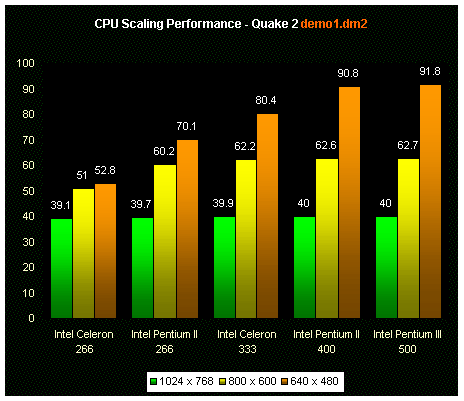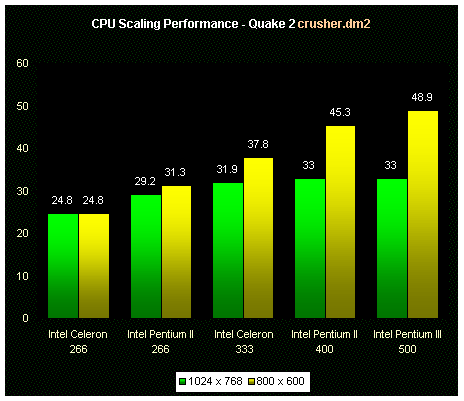Installation/Drivers
The install of the Diamond Stealth III S540 proceeded like a charm as can be expected from most Diamond video cards. Since the S540 AnandTech received was an engineering sample, the board did not come in a retail box nor did it feature Diamond's special InControl 99 driver utility. AnandTech will update this section of the review as soon as a final version of the S540 can be obtained.
Diamond has announced a unique plan for the gaming bundle with the S540 as described in their press release:
Customers who purchase Diamond's new Stealth III S540 also receive the option to select the ``software bundle'' of their choice, the first program of its kind in the industry. The Diamond Game Zone allows customers to choose two full-version PC games (for only a $12.95 shipping and handling charge). Customers can select from Sin, Shogo, Heretic II, Asteroids, StarSiege Tribes, and Fighter Squadron.
In addition, Diamond Multimedia also introduced the company's new Channelware program that enables customers of Stealth III S540 and the new Viper V770 (also announced today) to sample Need for Speed III from Electronic Arts. After the trial period, customers have the option to purchase the title. Through Diamond's Channelware (a Nortel. venture) program Stealth III S540 customers will receive four free hours of gameplay with the fast-action title Need for Speed III.
The Test
AnandTech received a pre-release version of Diamond's Stealth III S540 Savage4 Pro (32MB) card. The card was clocked at 125MHz core and 143MHz memory. For a complete set of benchmarks, see AnandTech's comprehensive S3 Savage4/Pro Review. AnandTech's Slot-1/Socket-370 test configuration was as follows:
- Intel Pentium III 500, Intel Pentium II 400, Intel Pentium II 266, Intel Celeron 333, Intel Celeron 266 (0KB L2) on an ABIT BX6 Revision 2.0 or an ABIT ZM6 for the Socket-370 Celeron 333 tests.
- 64MB of Memman/Mushkin SEC Original SDRAM was used in each test system
- Western Digital 5.1GB Ultra ATA/33 HDD
- Microsoft Windows 98
The benchmark software used was as follows:
- id Software's Quake 2 Version 3.20 using demo1.dm2 and 3Finger's crusher.dm2
- Monolith's Shogo using 3Finger's RevDemo
- Interplay's Descent3 Demo2 using AnandTech's Descent3 Torture Demo
- Ziff Davis' Winbench 99 at 1600 x 1200 x 32-bit color for 2D performance tests
Each benchmark was run a total of three times and the average frame rates taken. Vsync was disabled.
OpenGL Performance - Quake 2












0 Comments
View All Comments